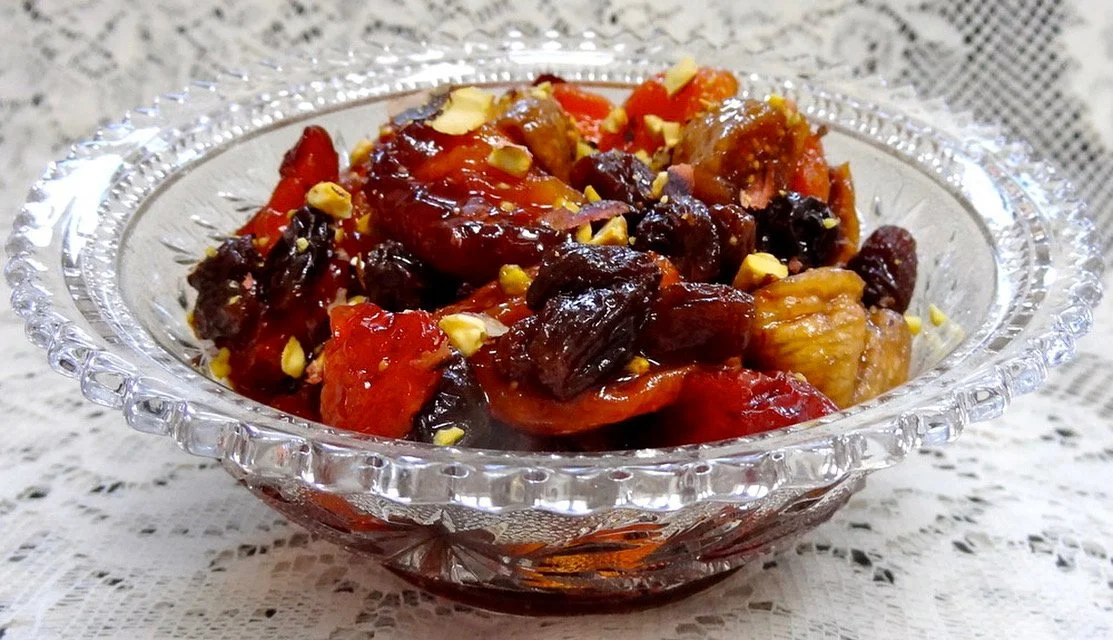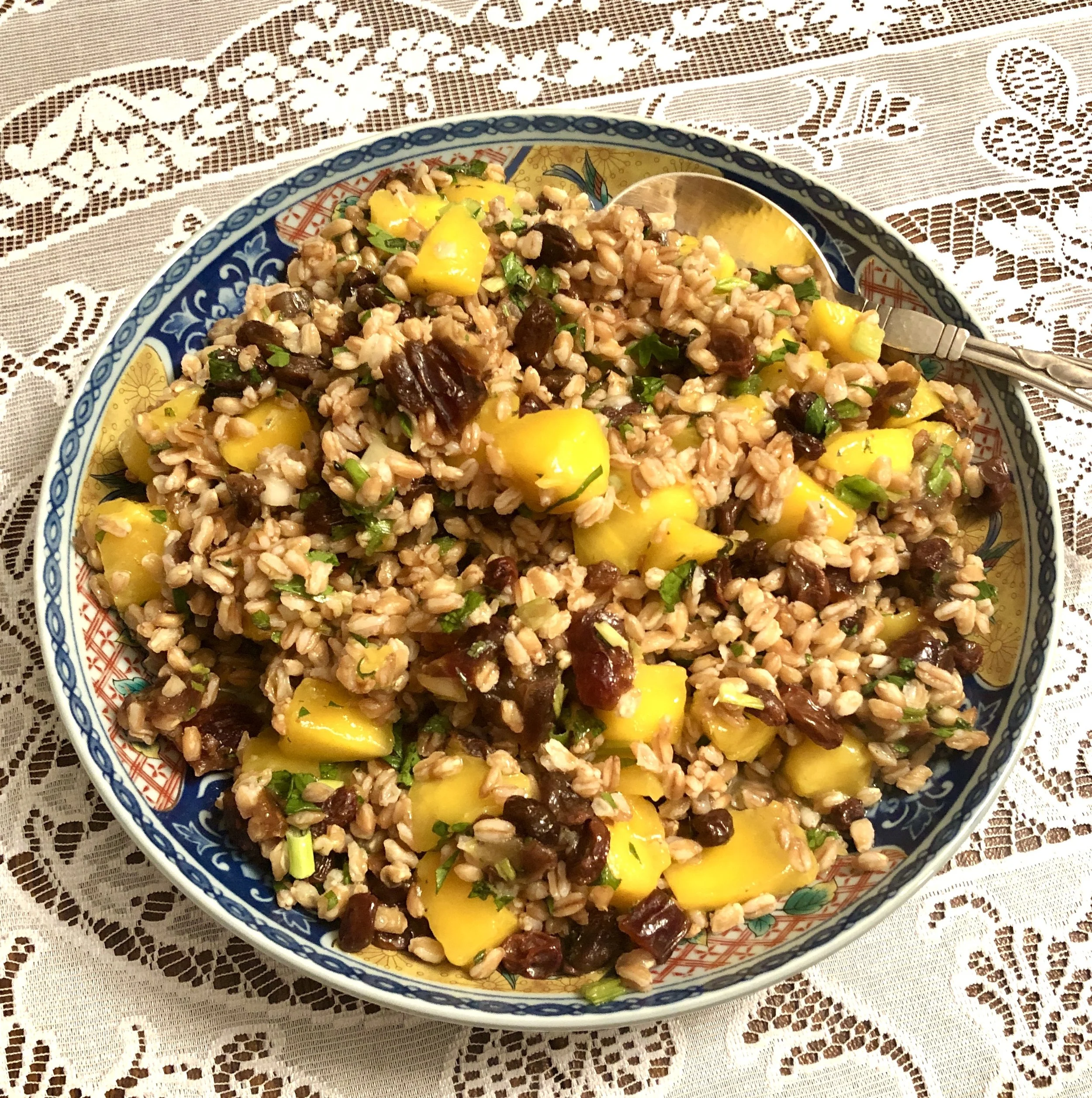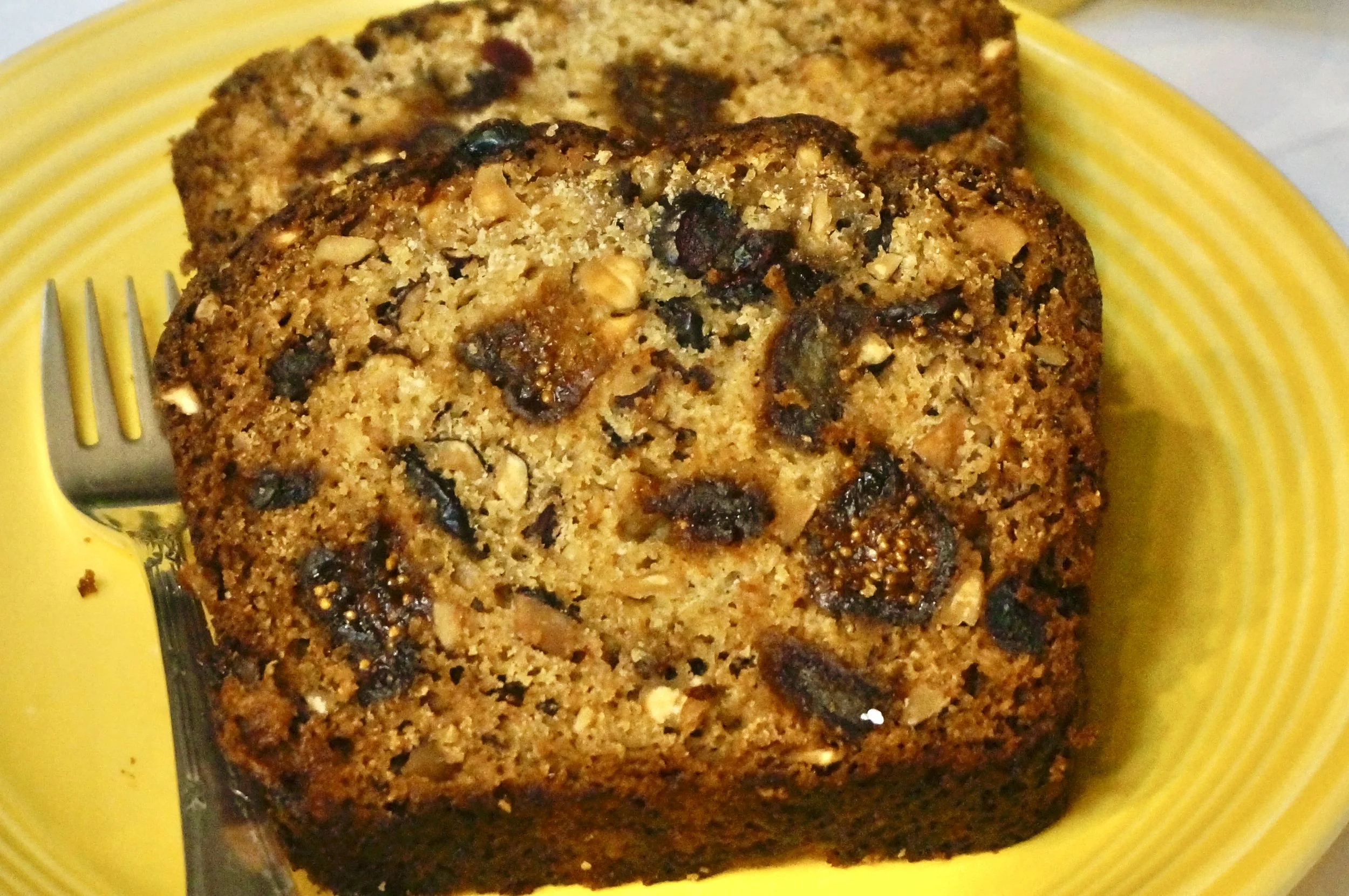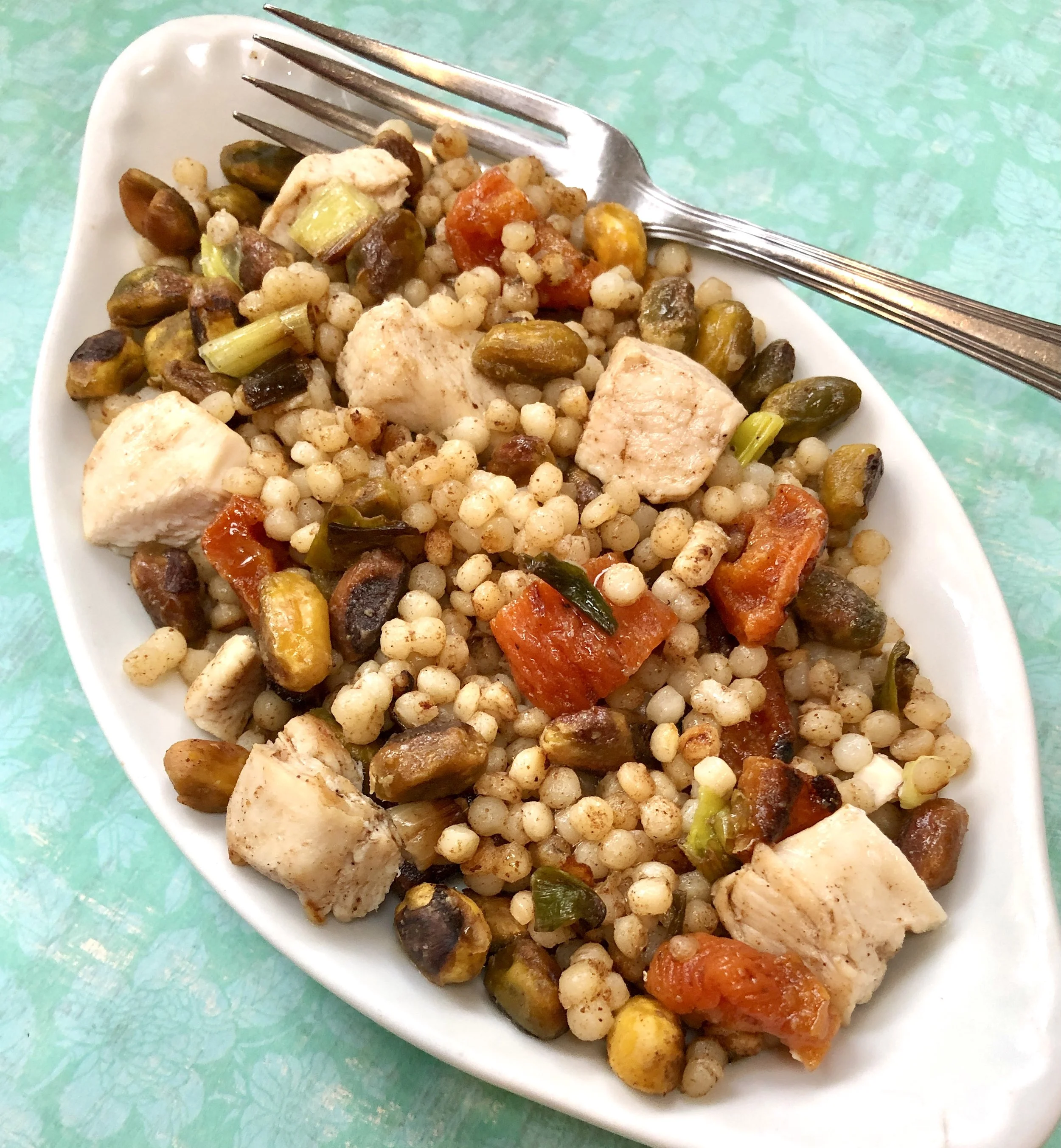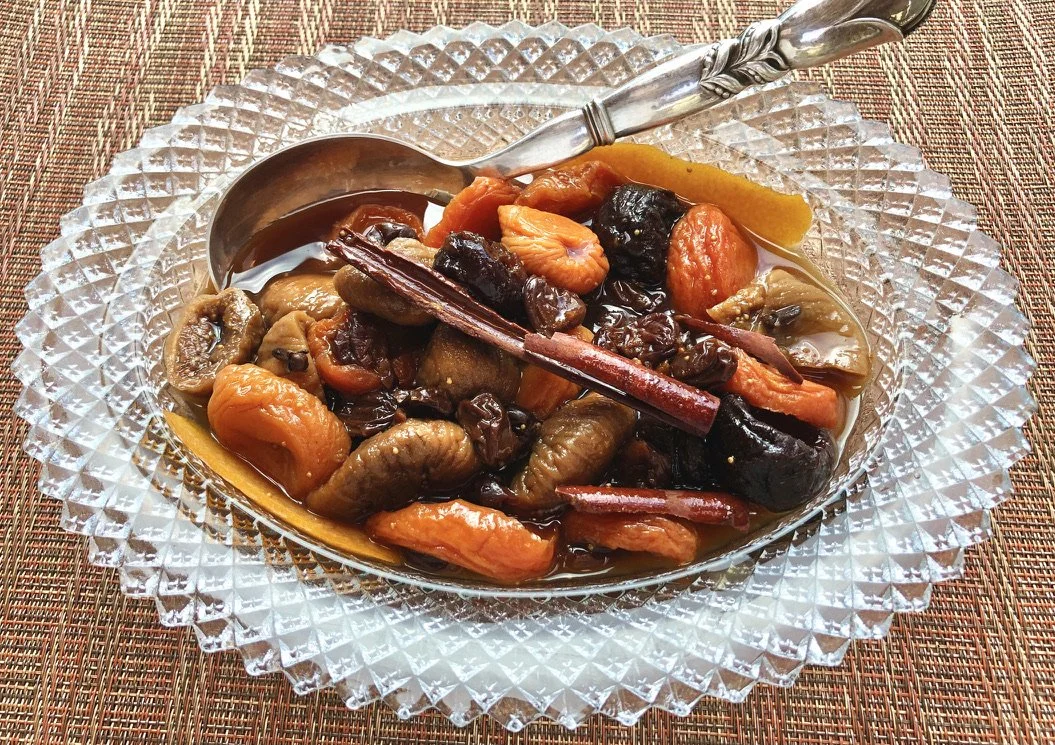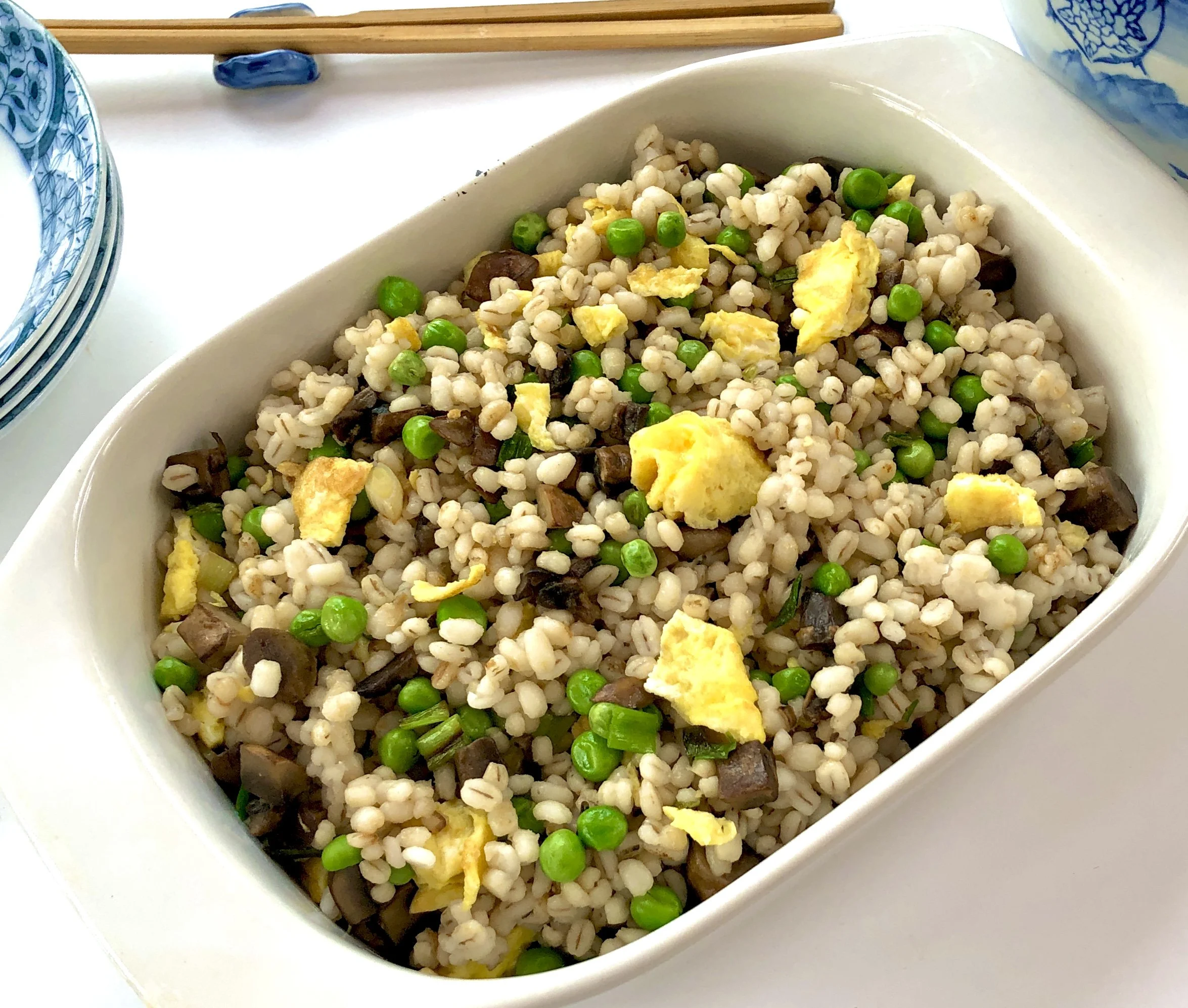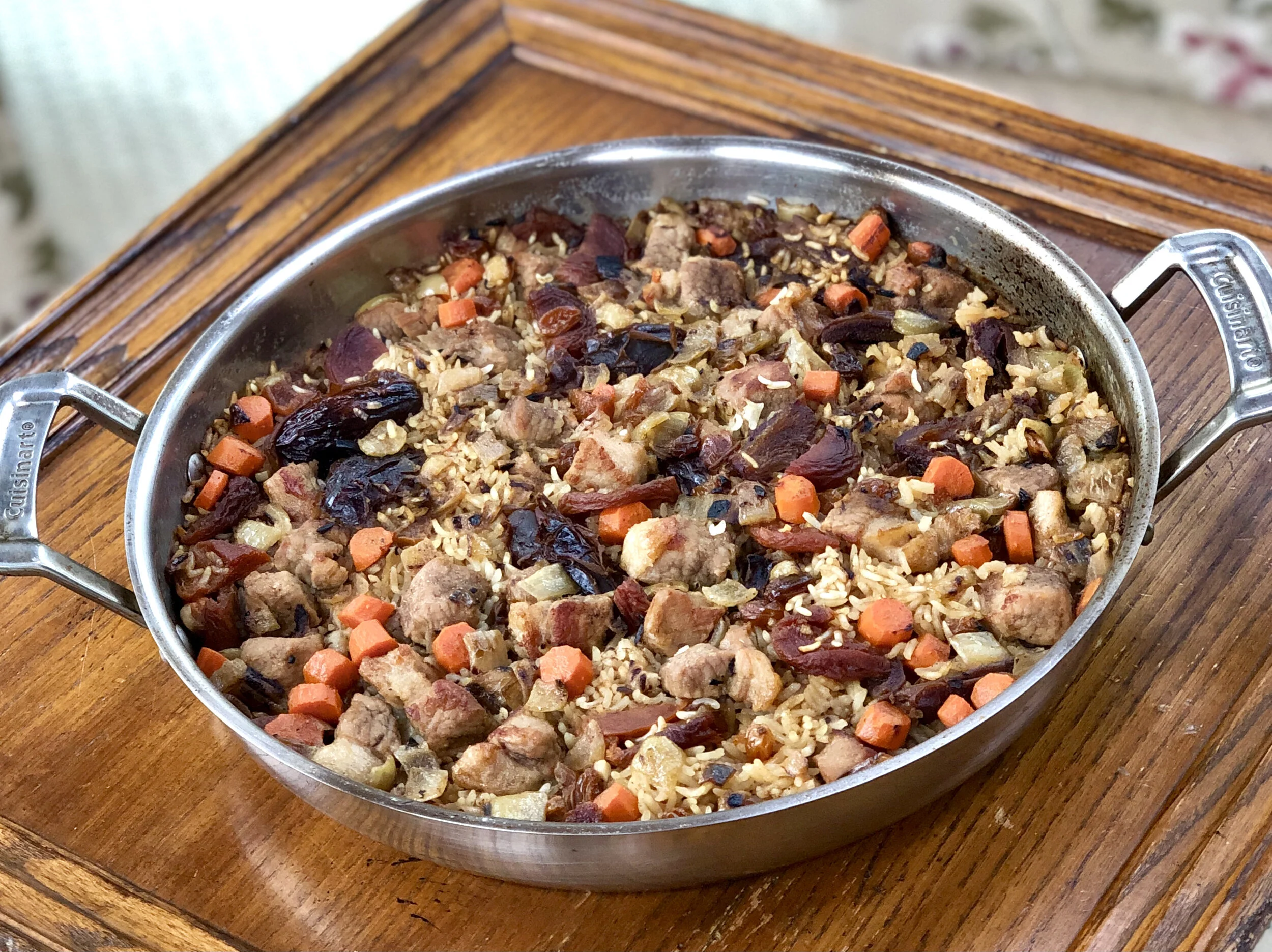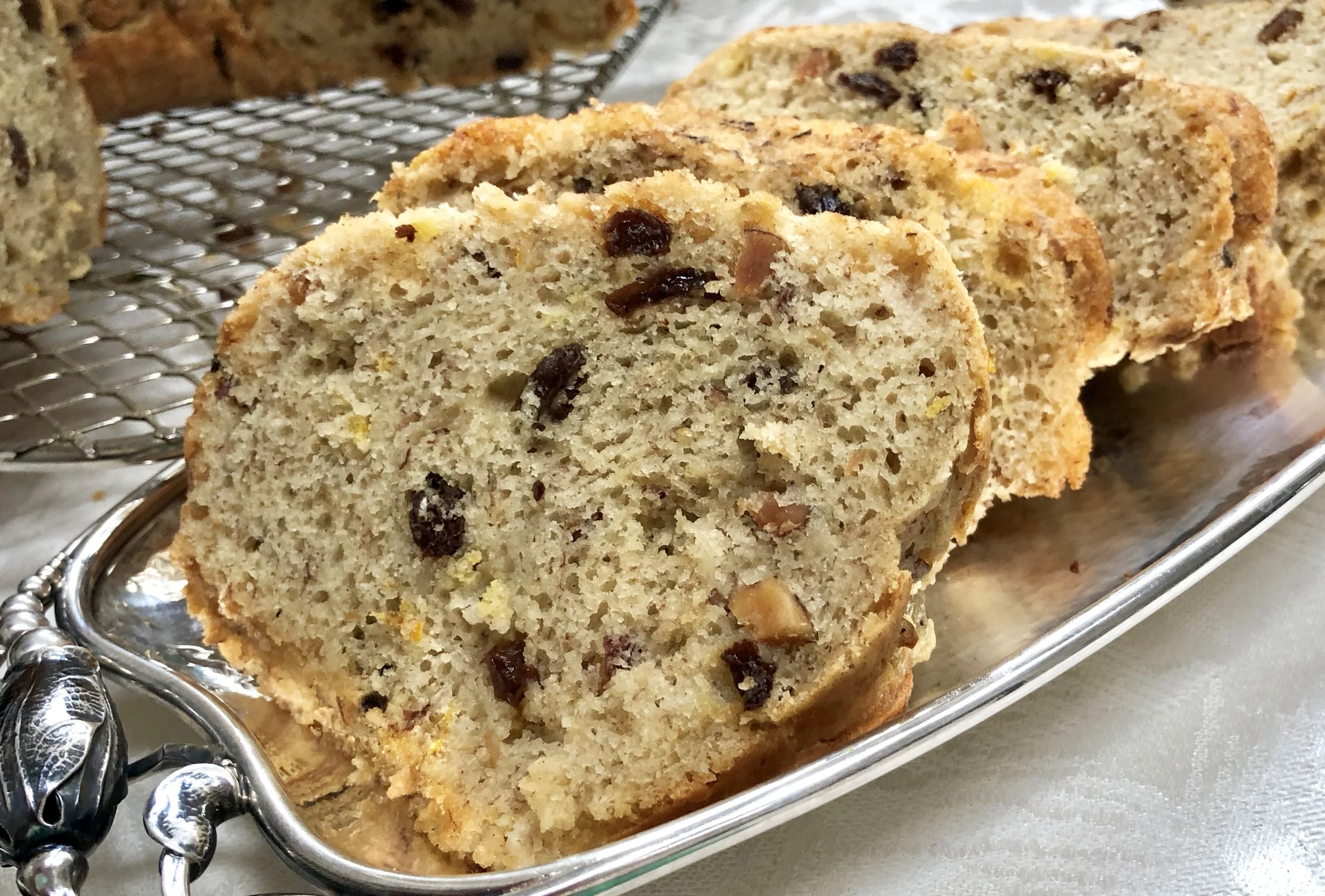Khoshaf
My grandma always cooked stewed dried fruit and I always associated that particular dish with her generation of Ashkenazi Jewish grandmas.
But, several years ago when Ed and I were in Egypt I noticed what looked like grandma’s “dried fruit compote” on every hotel breakfast buffet.
It wasn’t compote though. It was a dish called Khoshaf and apparently is a specialty served to break the Ramadan fast (and at lots of other times too). It is made with dried fruit, like compote, but it isn’t stewed! The fruit is steeped in a sweet, boiling syrupy liquid so it stays firm and pleasantly chewy. I took one taste and was hooked! I still make stewed fruit compote sometimes but other times I have a yen for khoshaf. It’s a special treat and perfect for Passover.
Follow me on Instagram @RonnieVFein
KHOSHAF
1-1/2 cups water
1 cup apricot nectar (or orange juice, peach juice, white grape juice, etc)
1/4 cup (or more or less to taste) sugar
1 tablespoon orange flower water, rosewater or 1 teaspoon vanilla extract or 1/2 lemon or orange cut into quarters
1 cup dried apricots
1 cup prunes or dried plums
1 cup dried figs, halved or quaretred, depending on size
1 cup raisins
chopped pistachio nuts
Combine the water, apricot nectar and sugar in a saucepan. Bring to a boil and stir until sugar dissolves. Cook for 4-5 minutes or until slightly syrupy. Remove from the heat and stir in the flavoring. Pour over the fruit and toss ingredients. Let rest for at least one hour, tossing the ingredients occasionally. Sprinkle with nuts and serve.
Makes 6-8 servings
